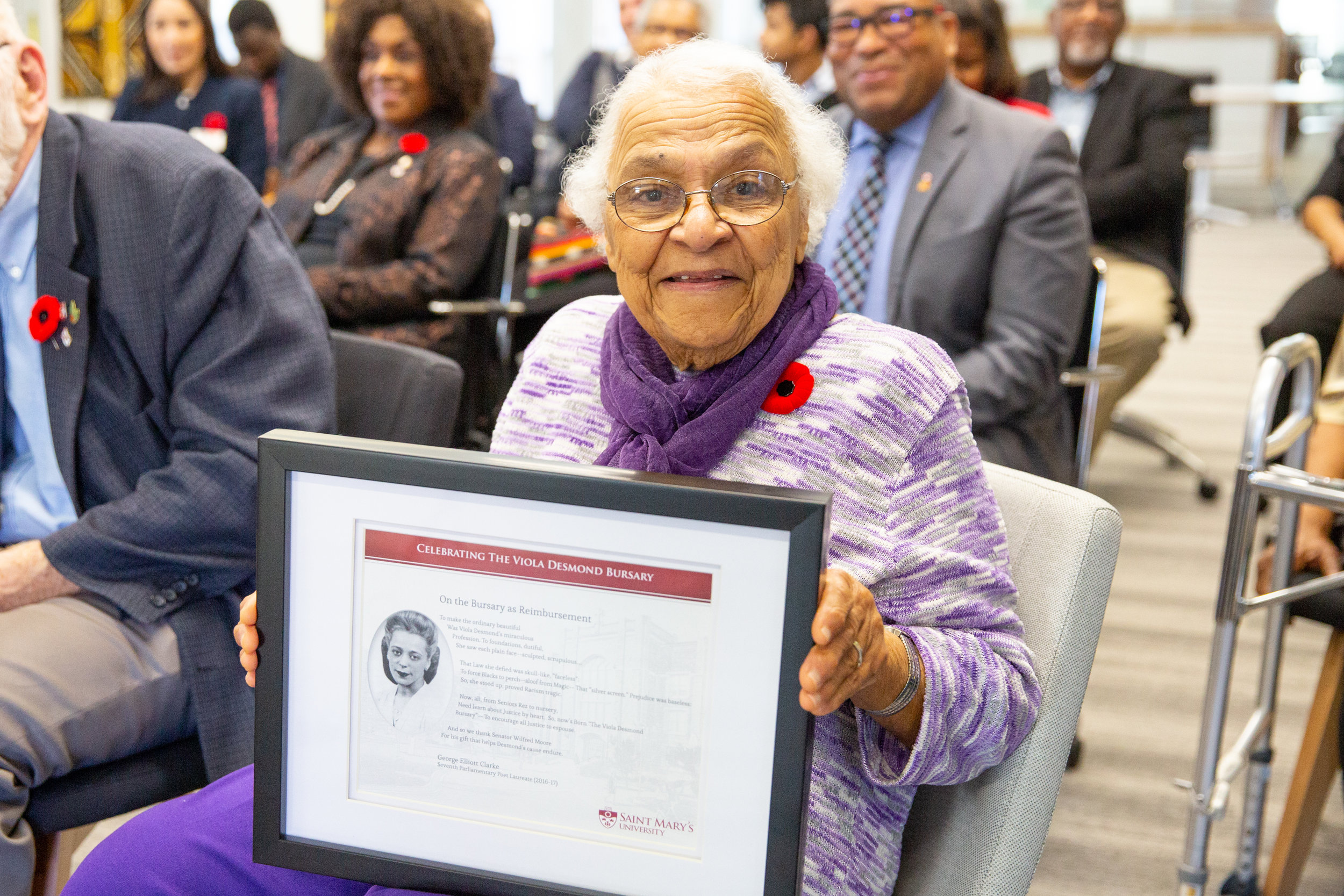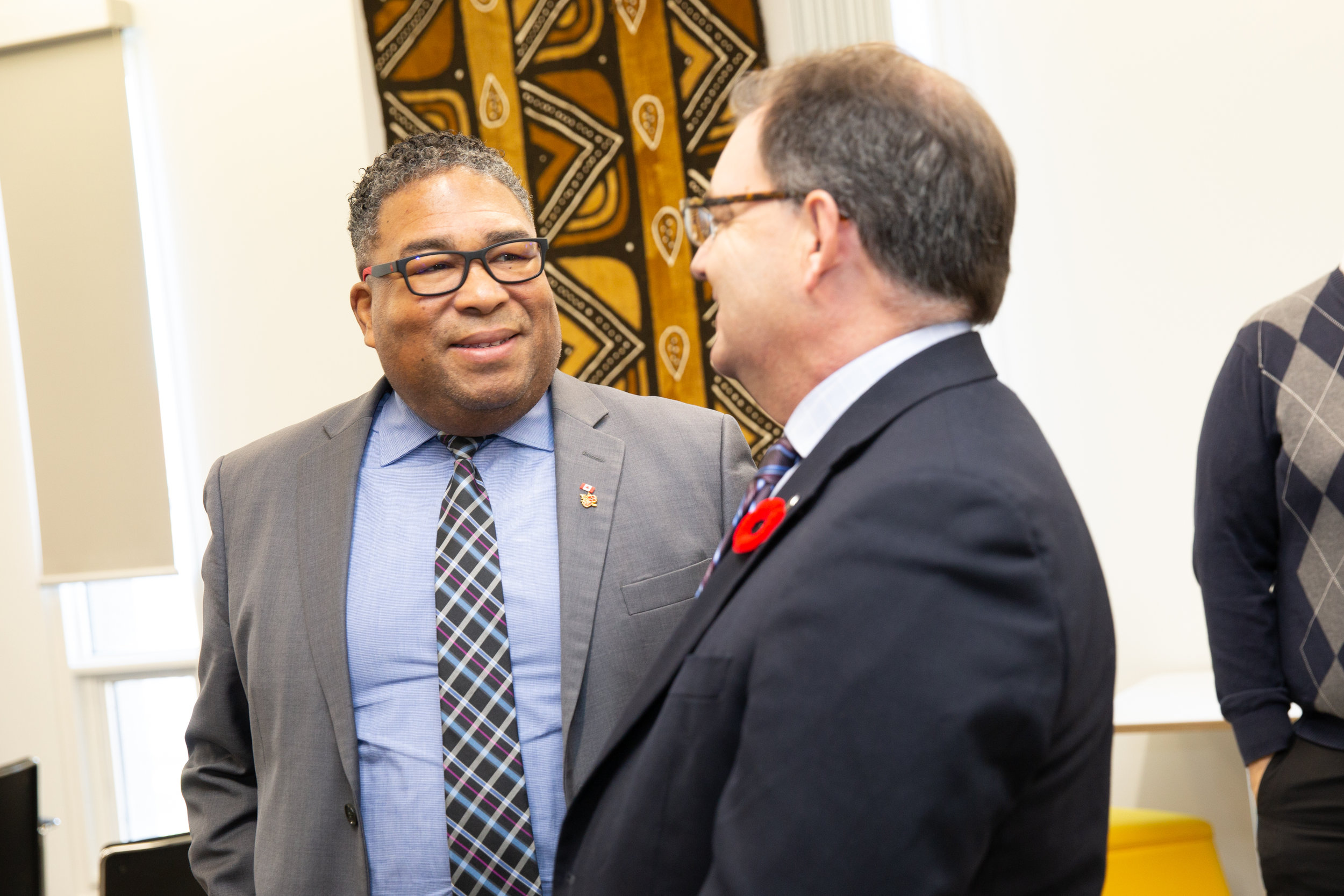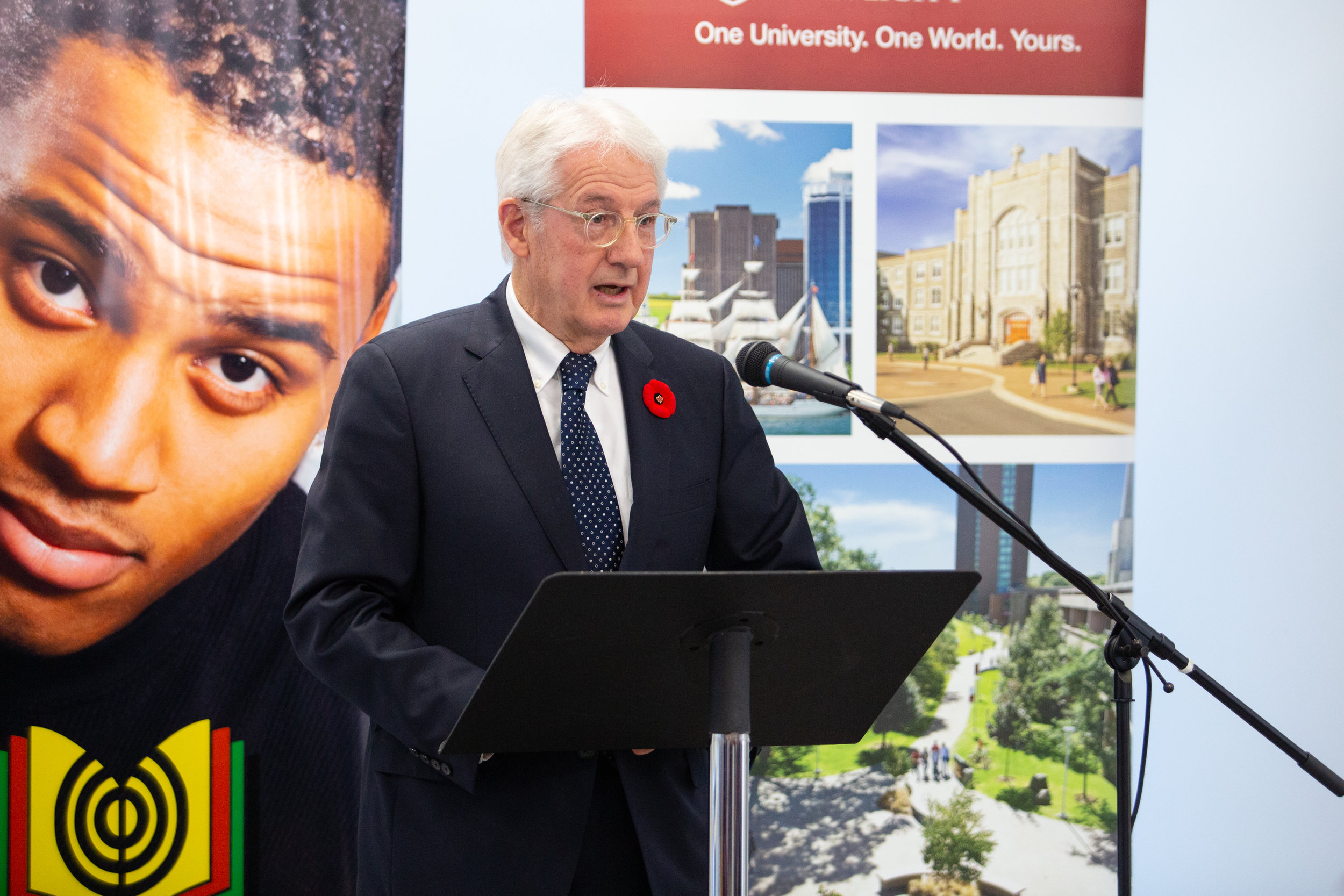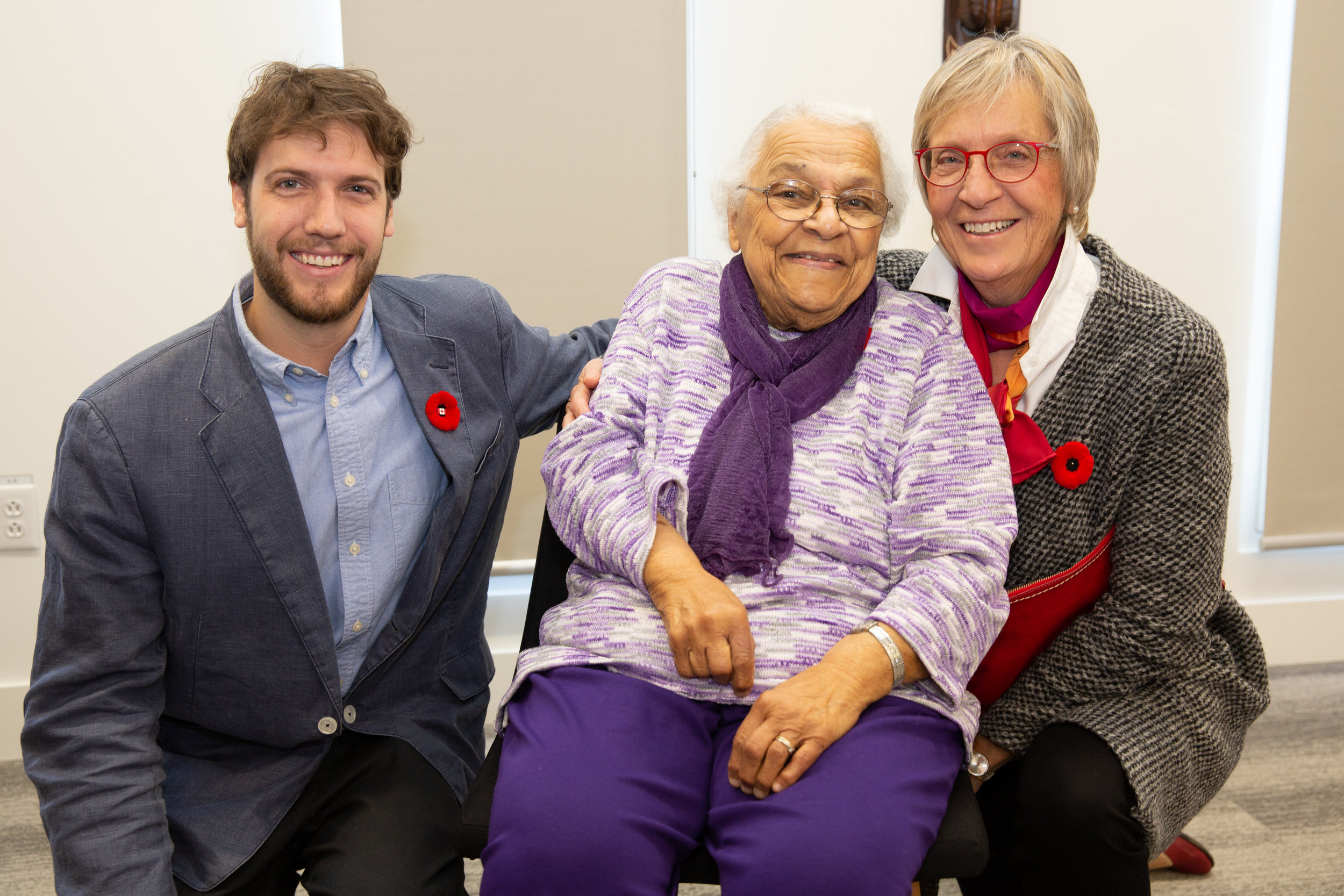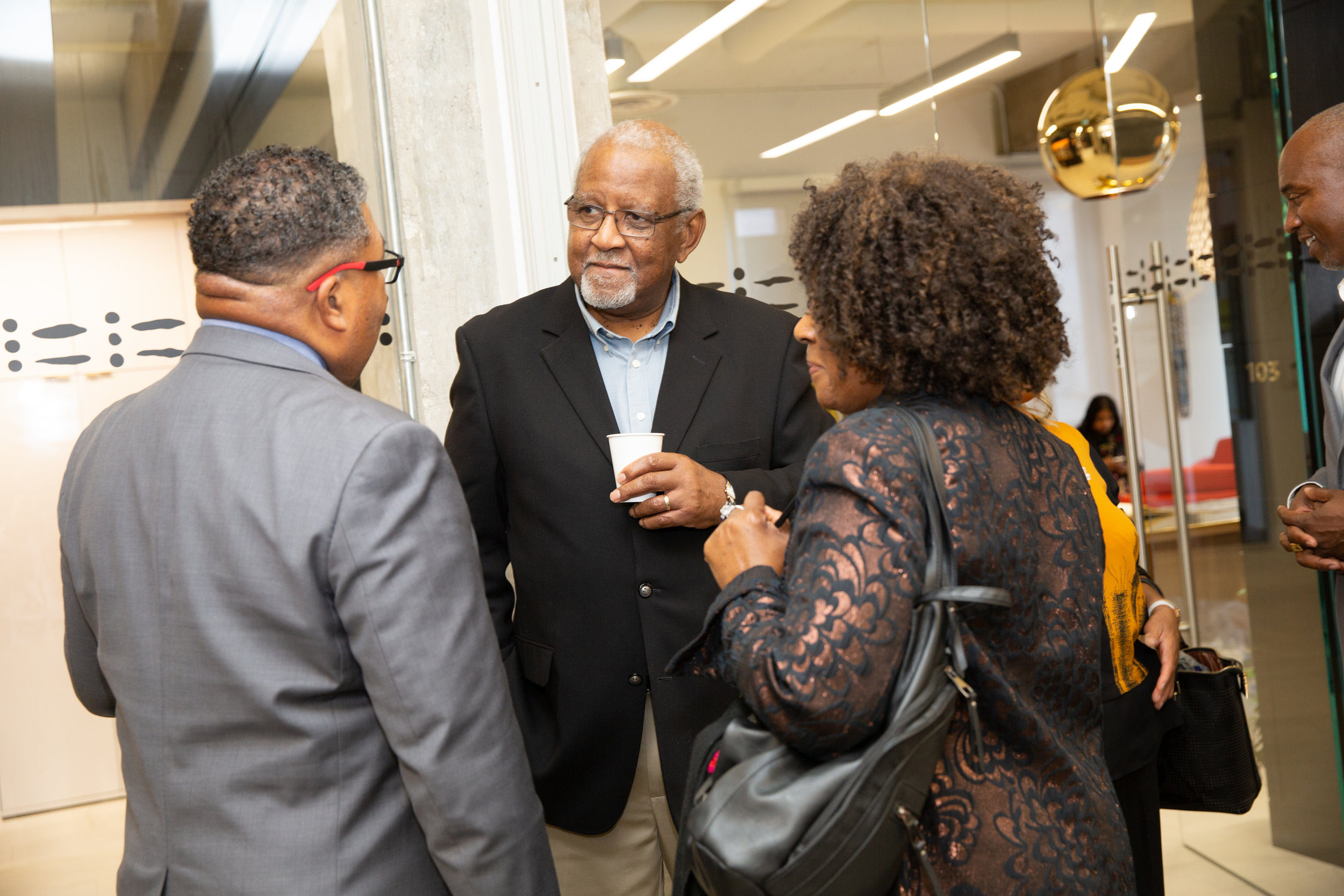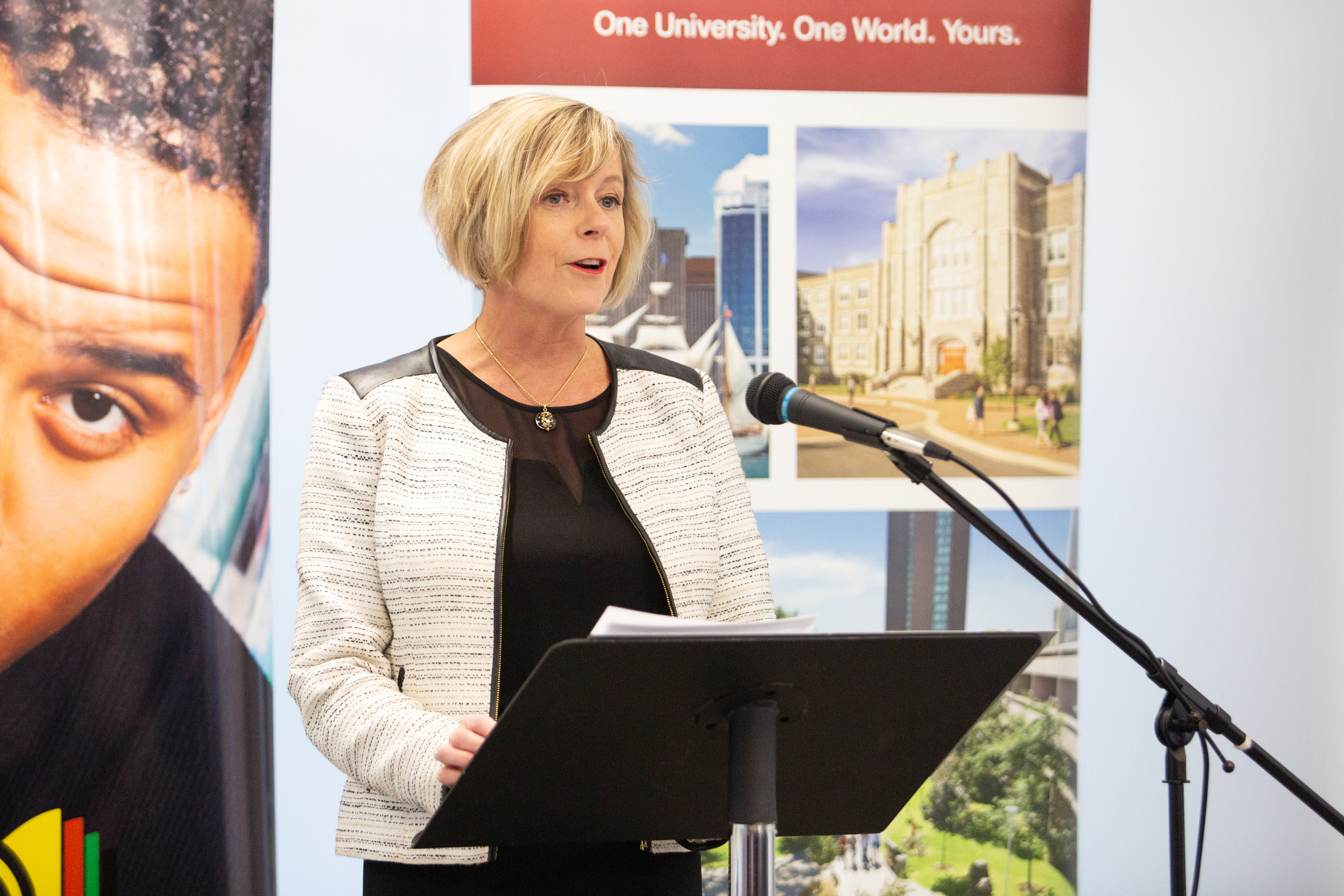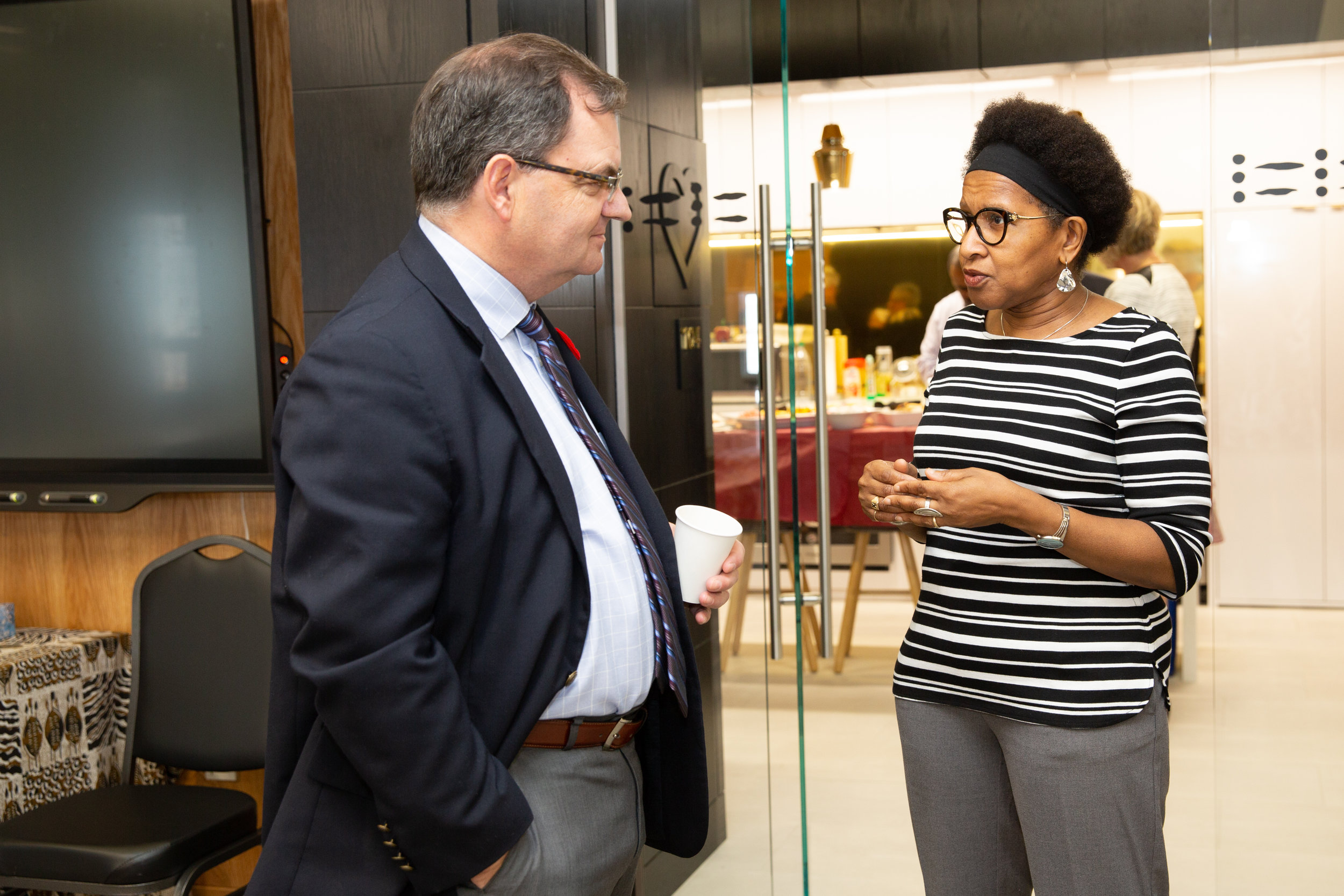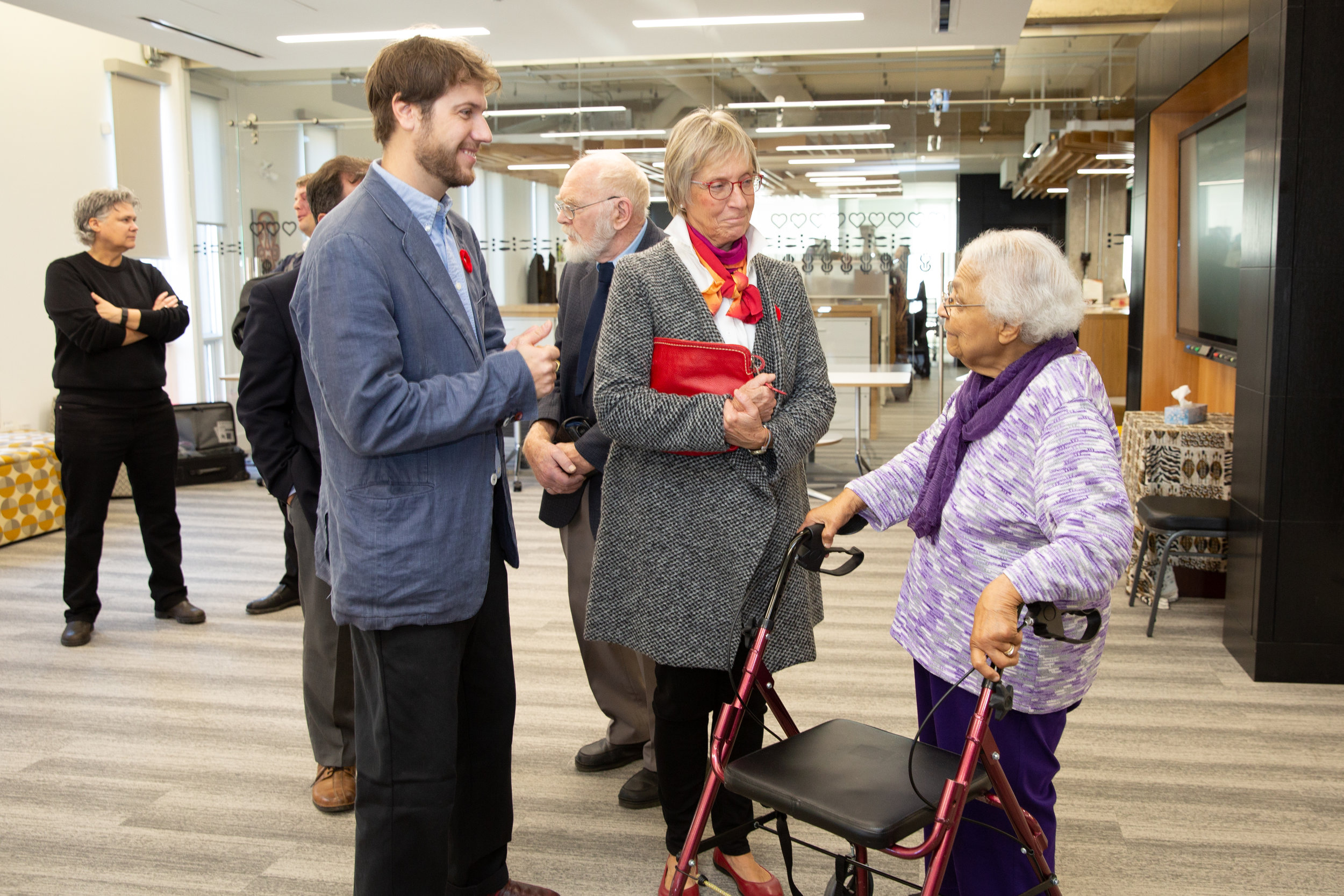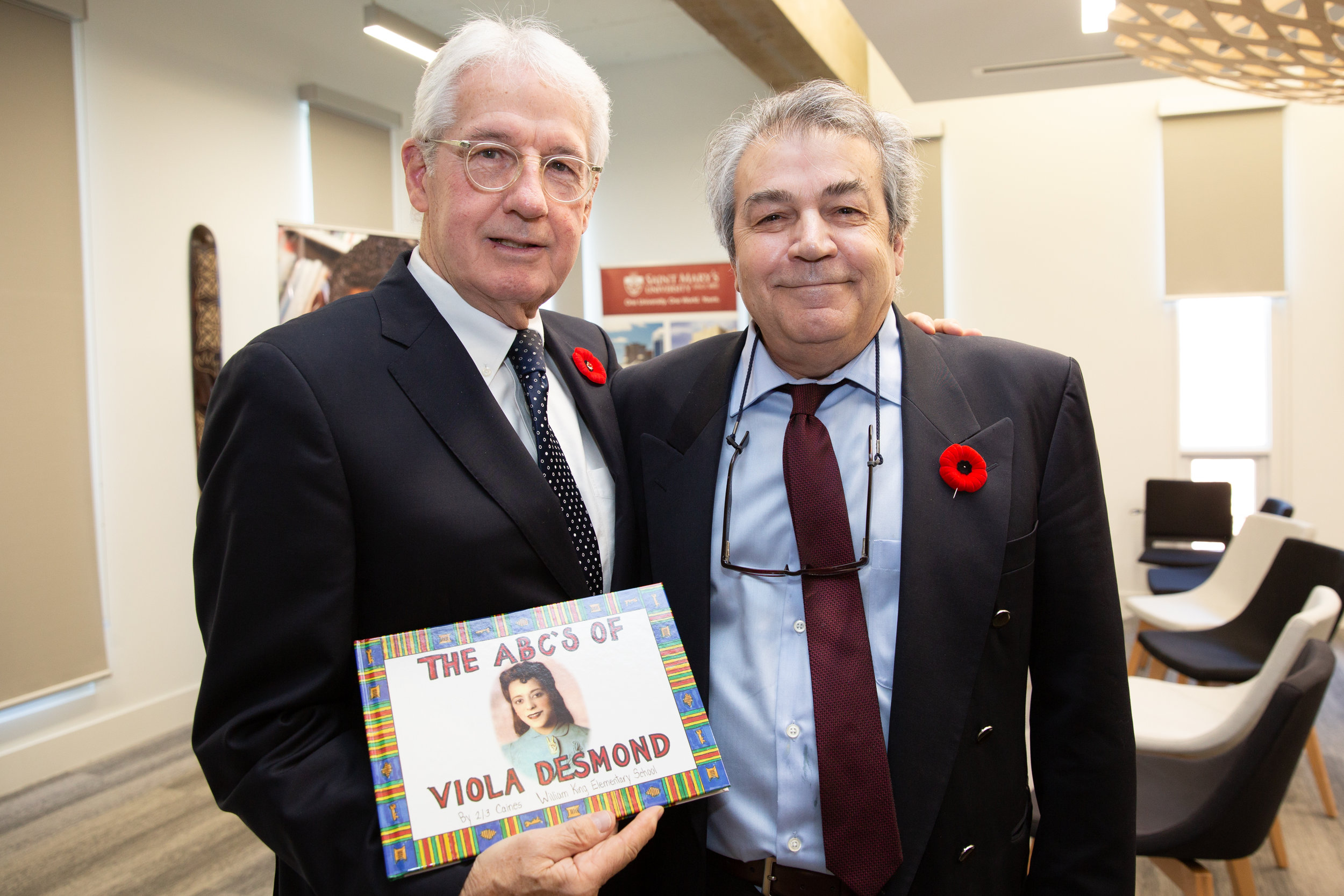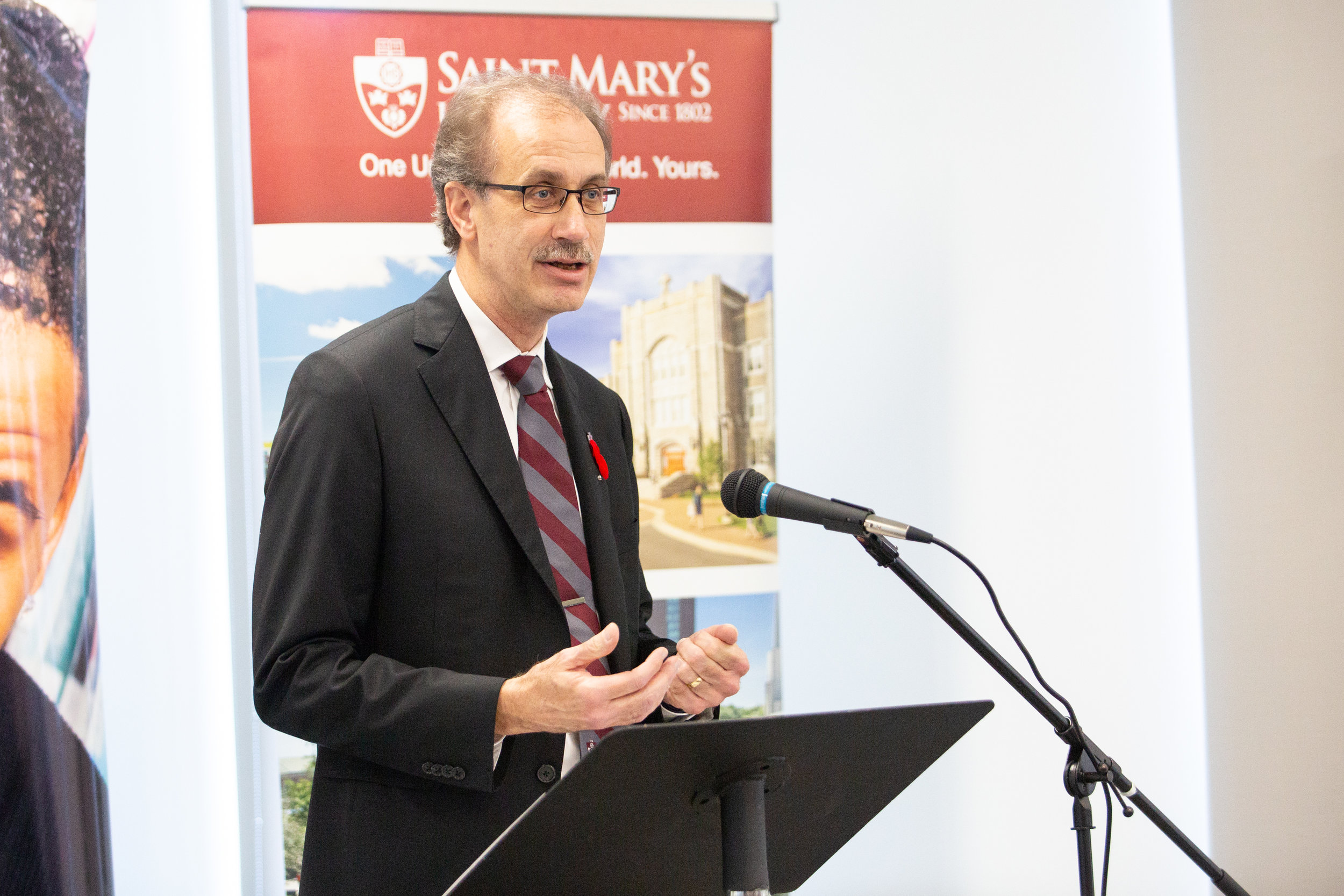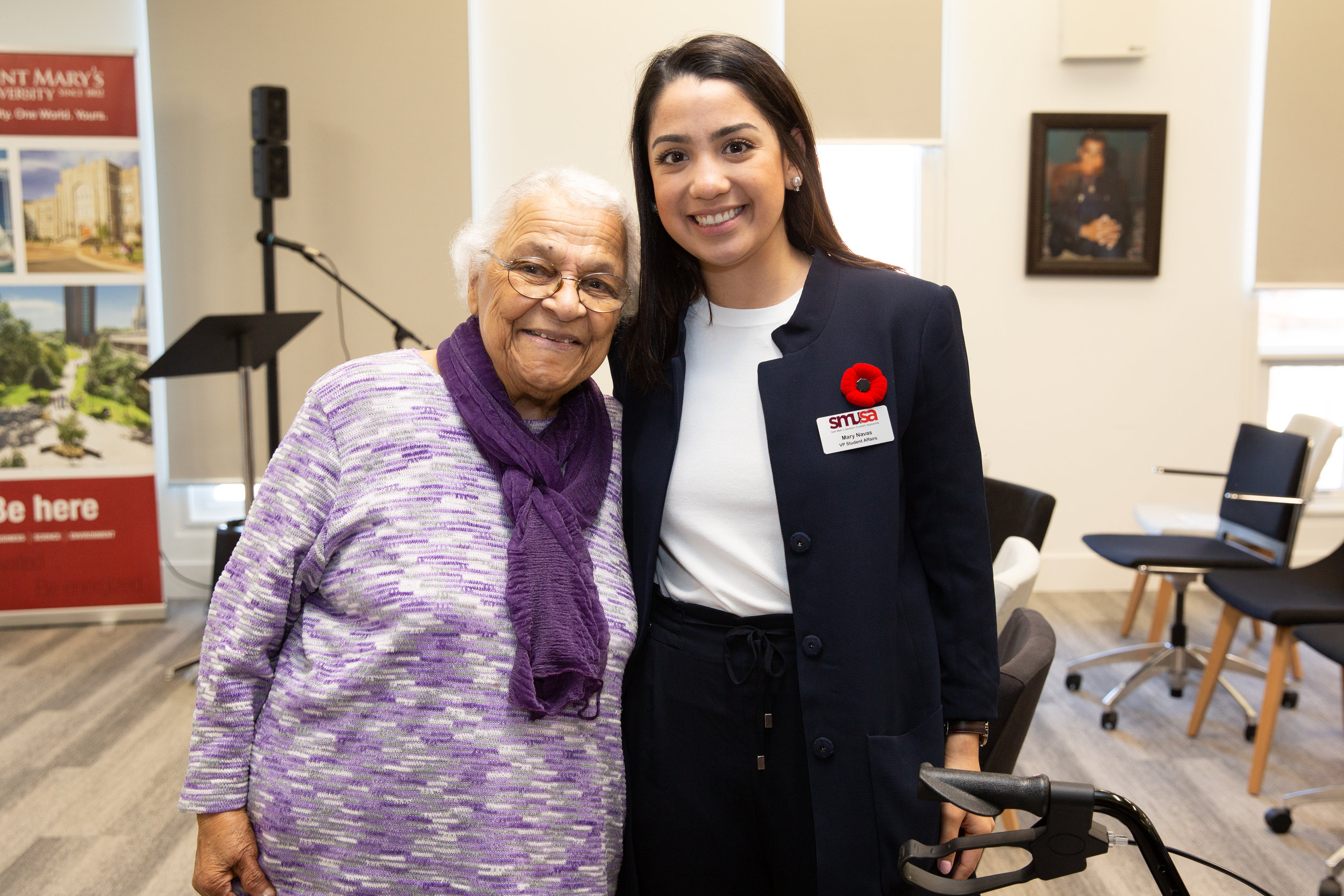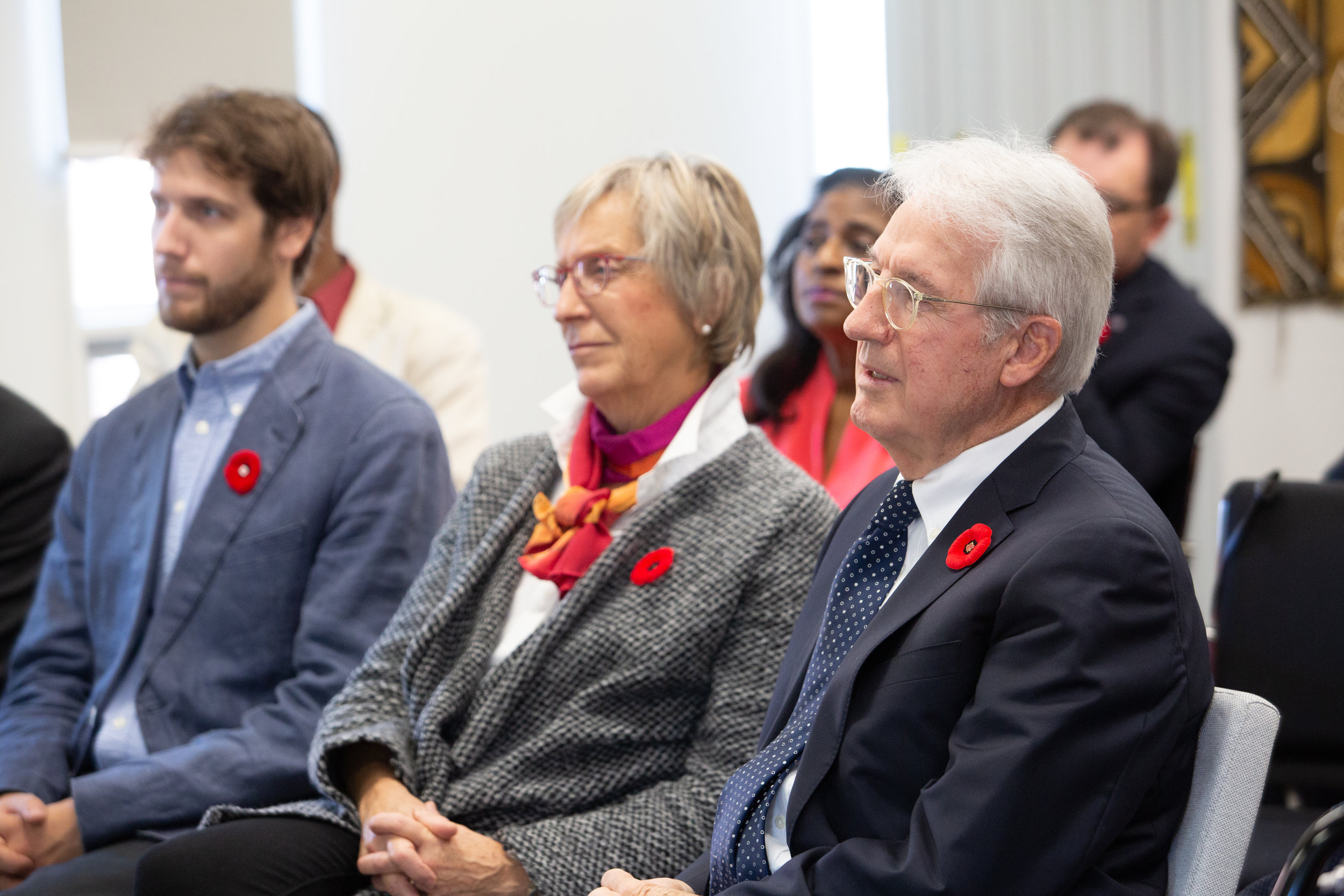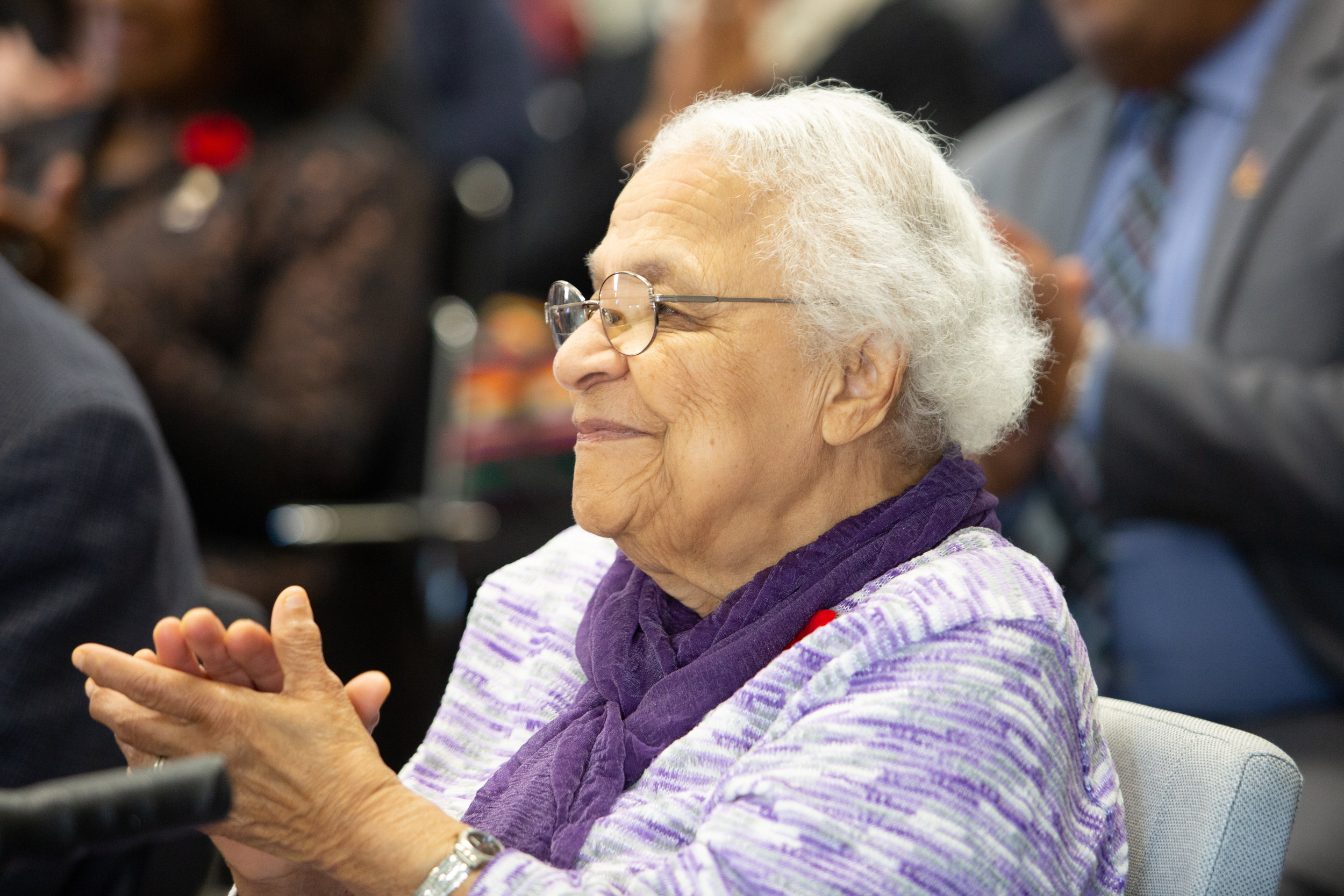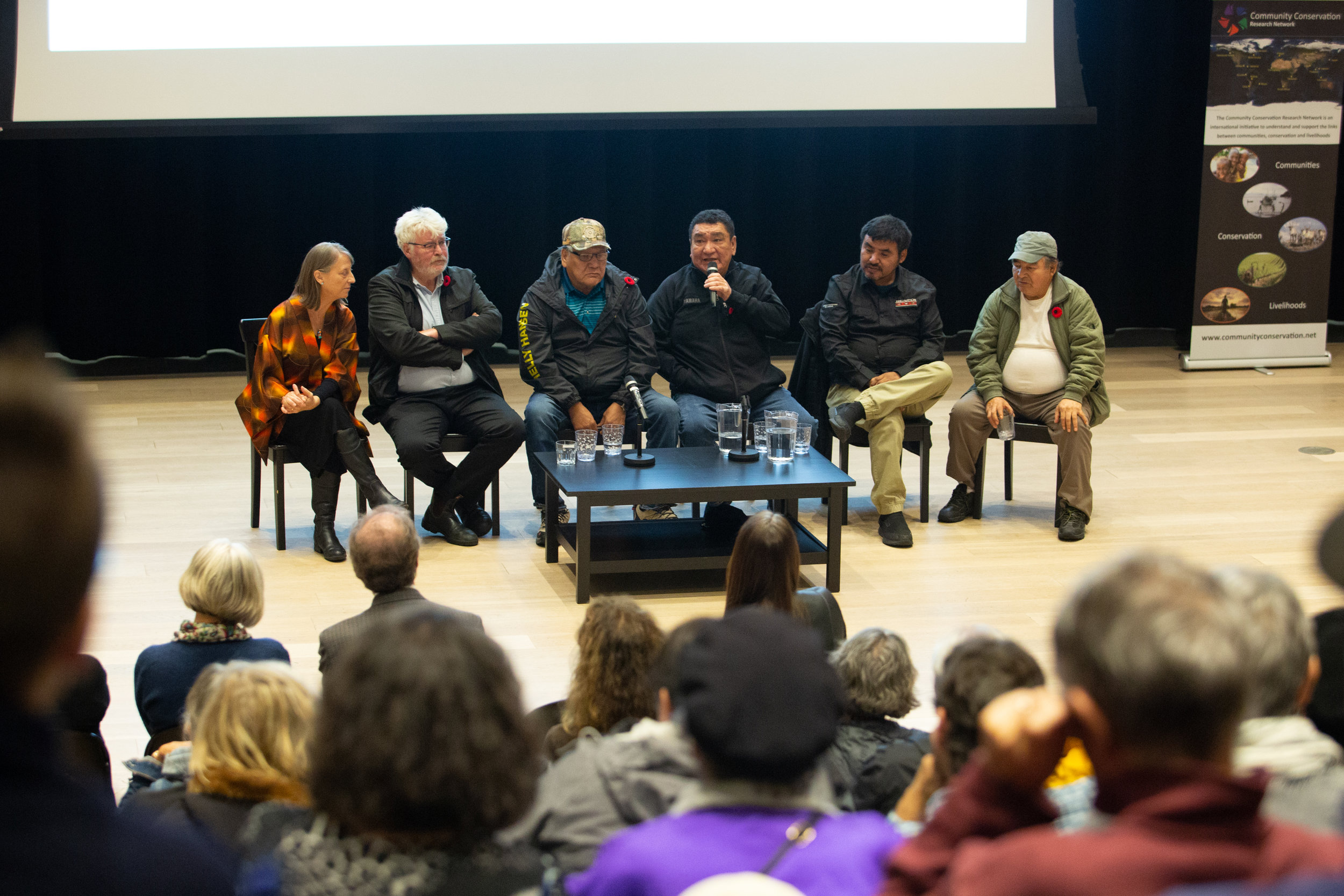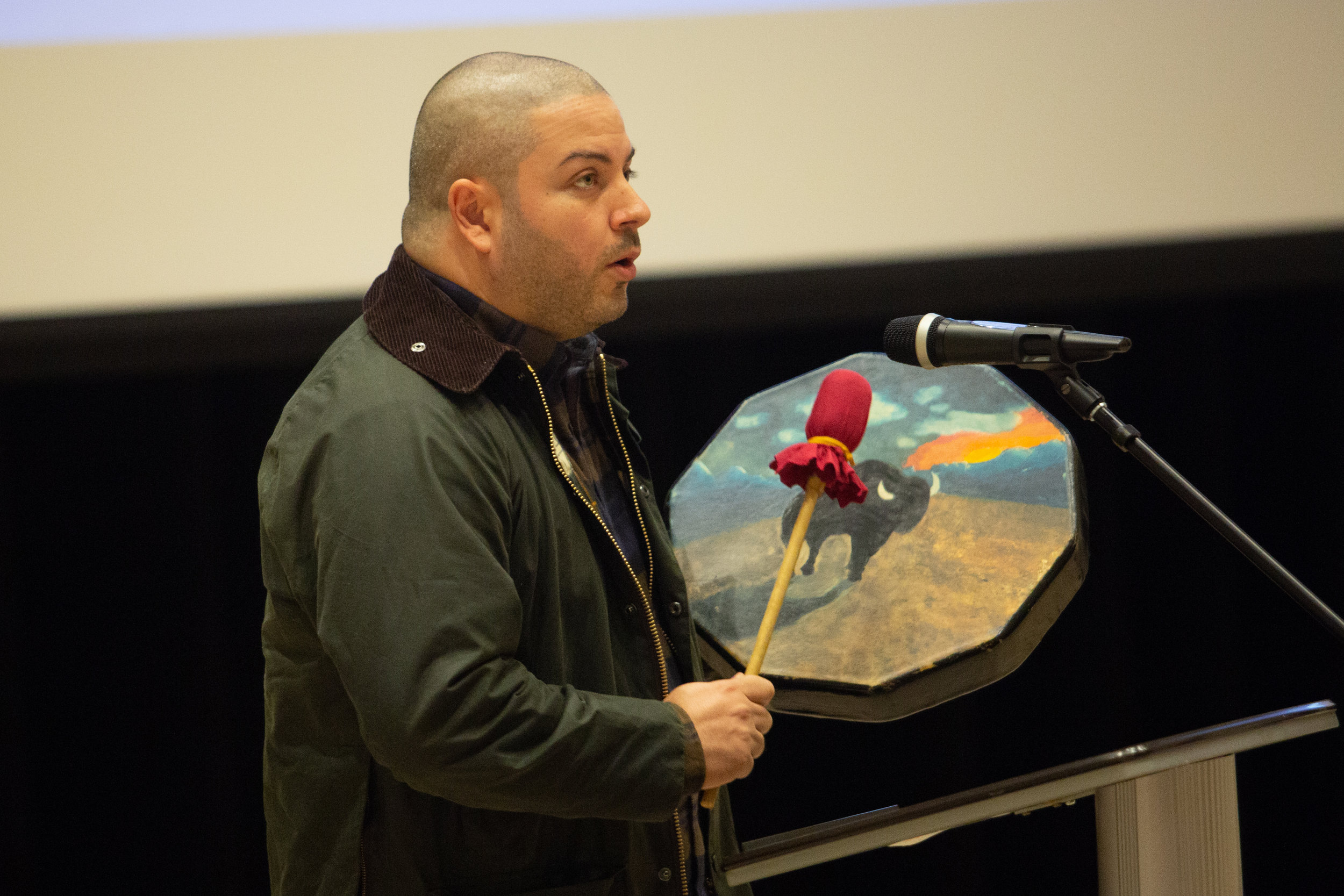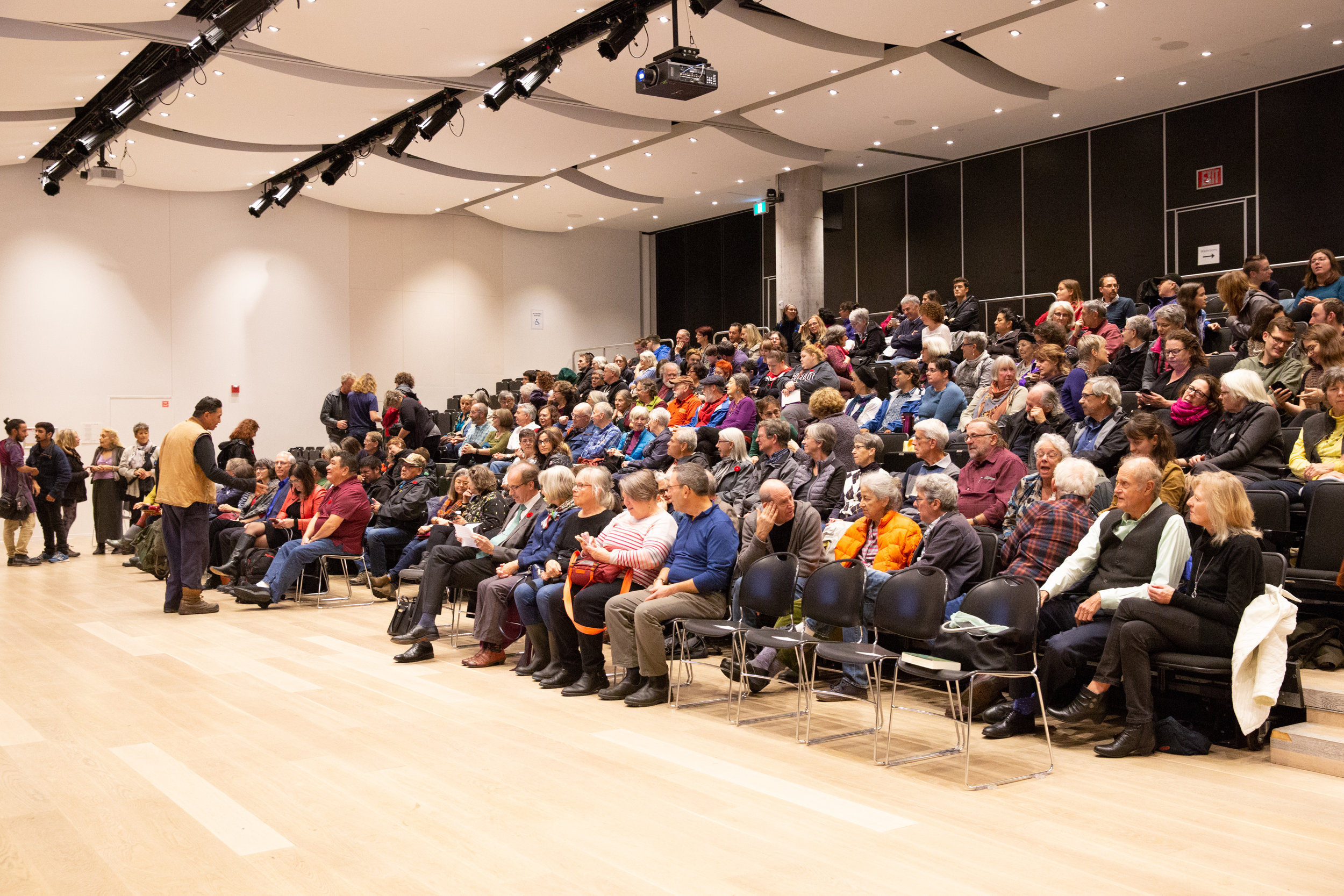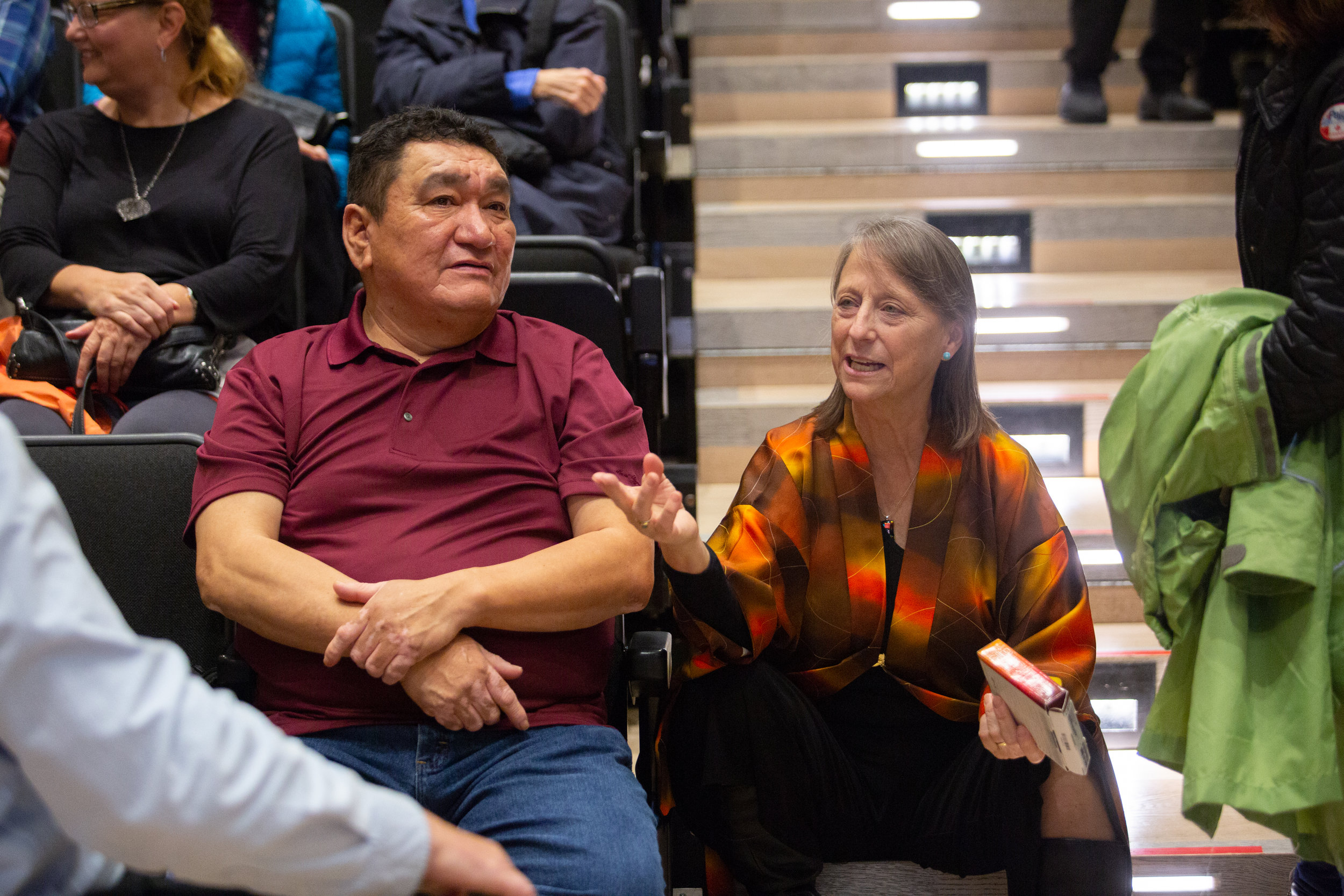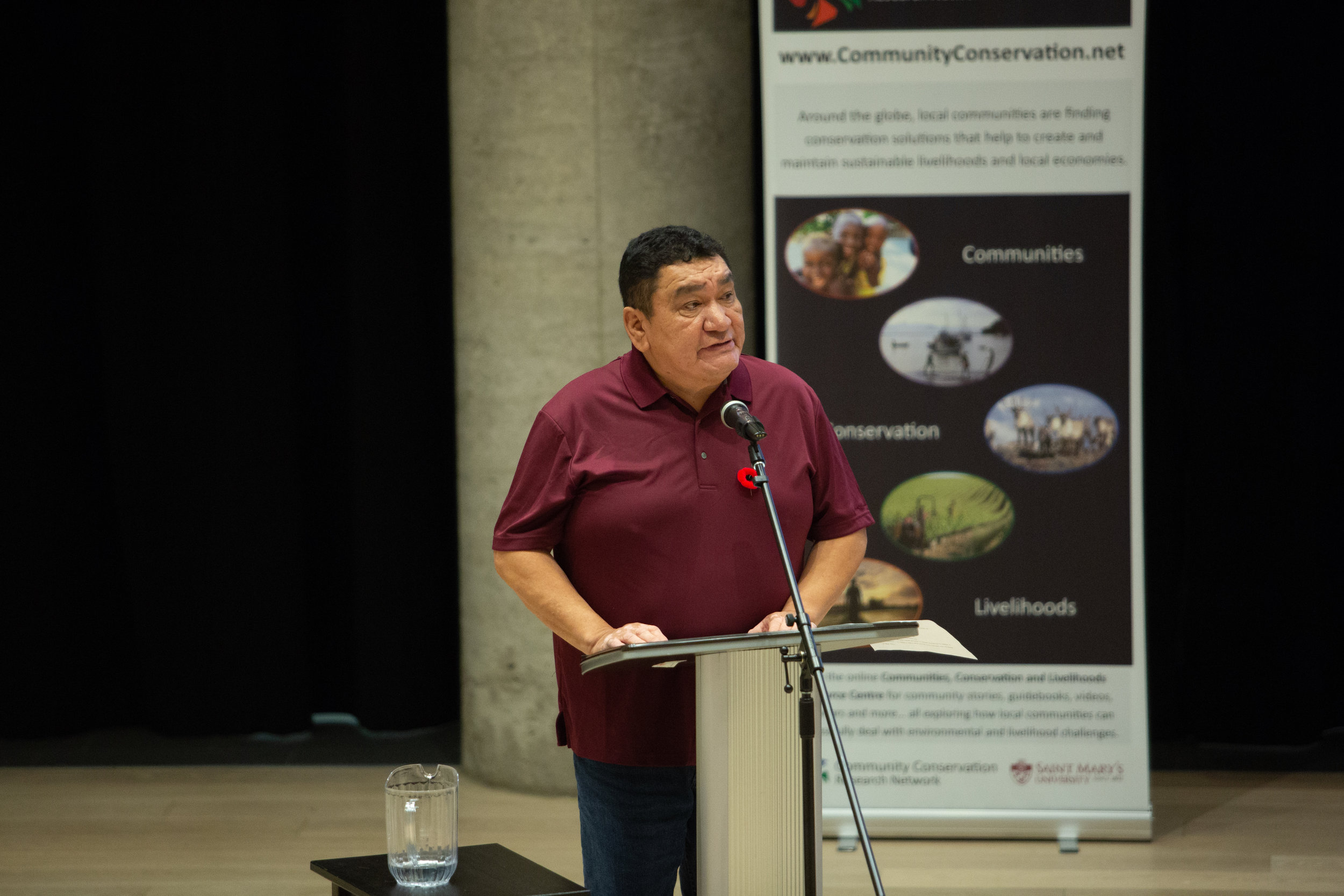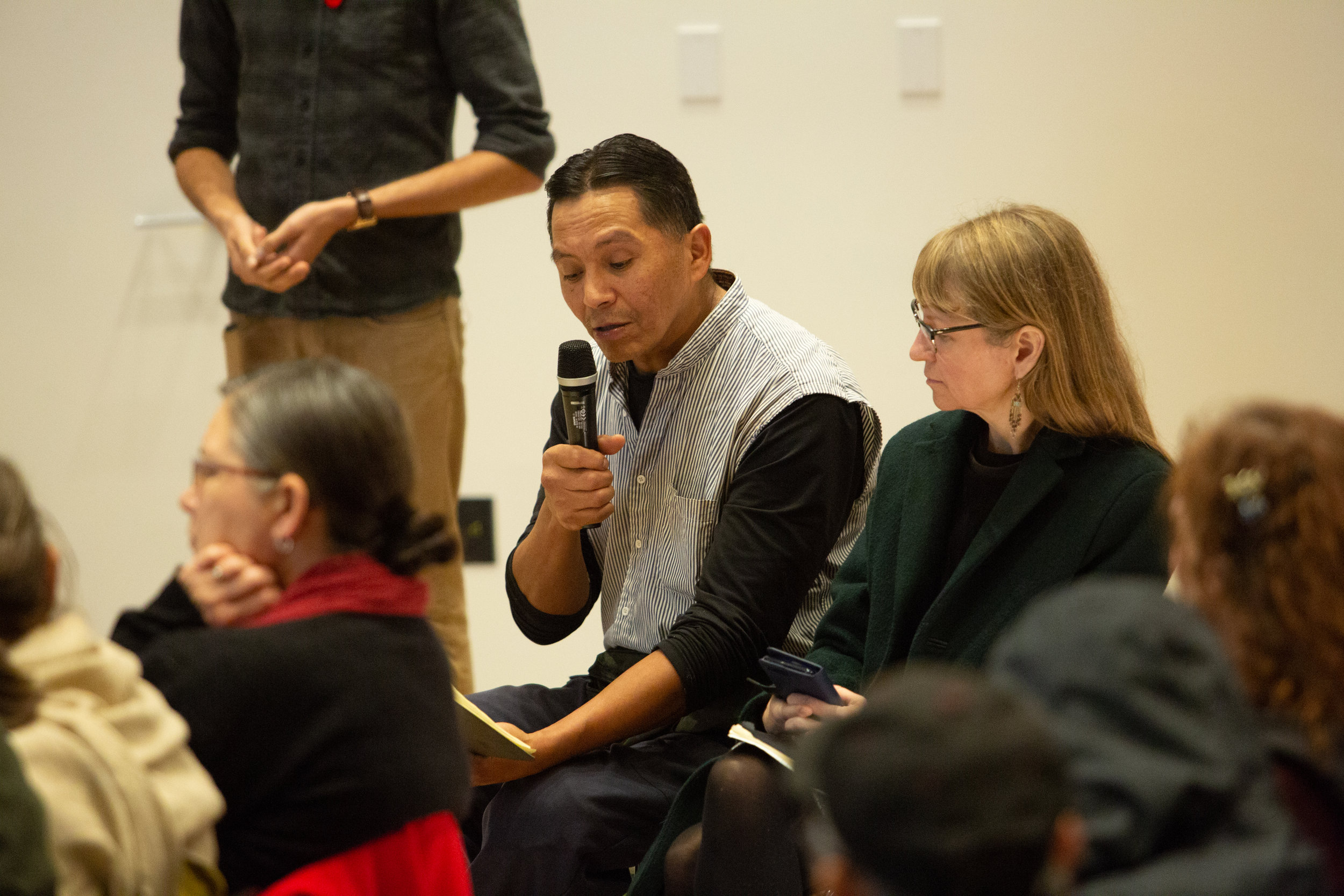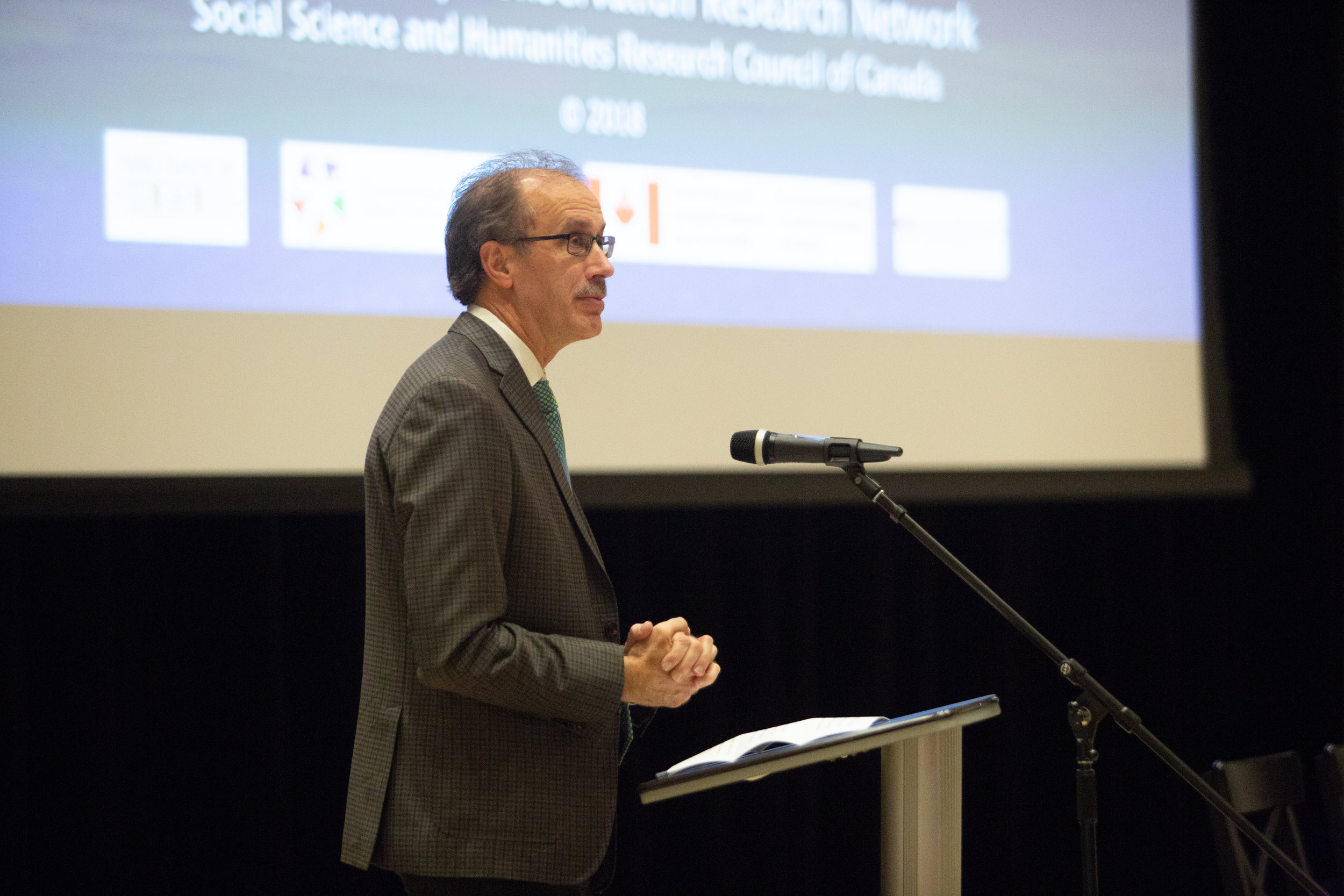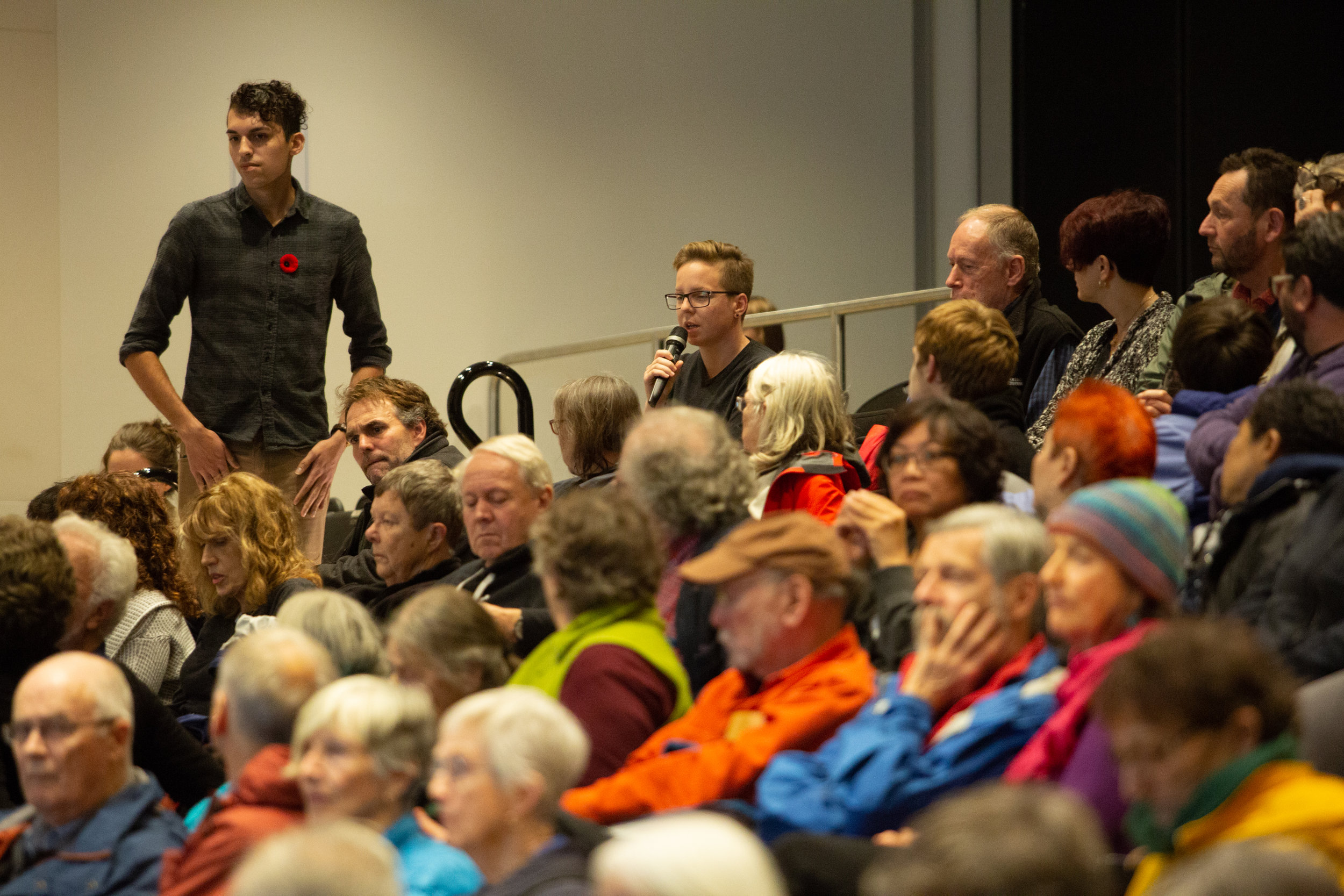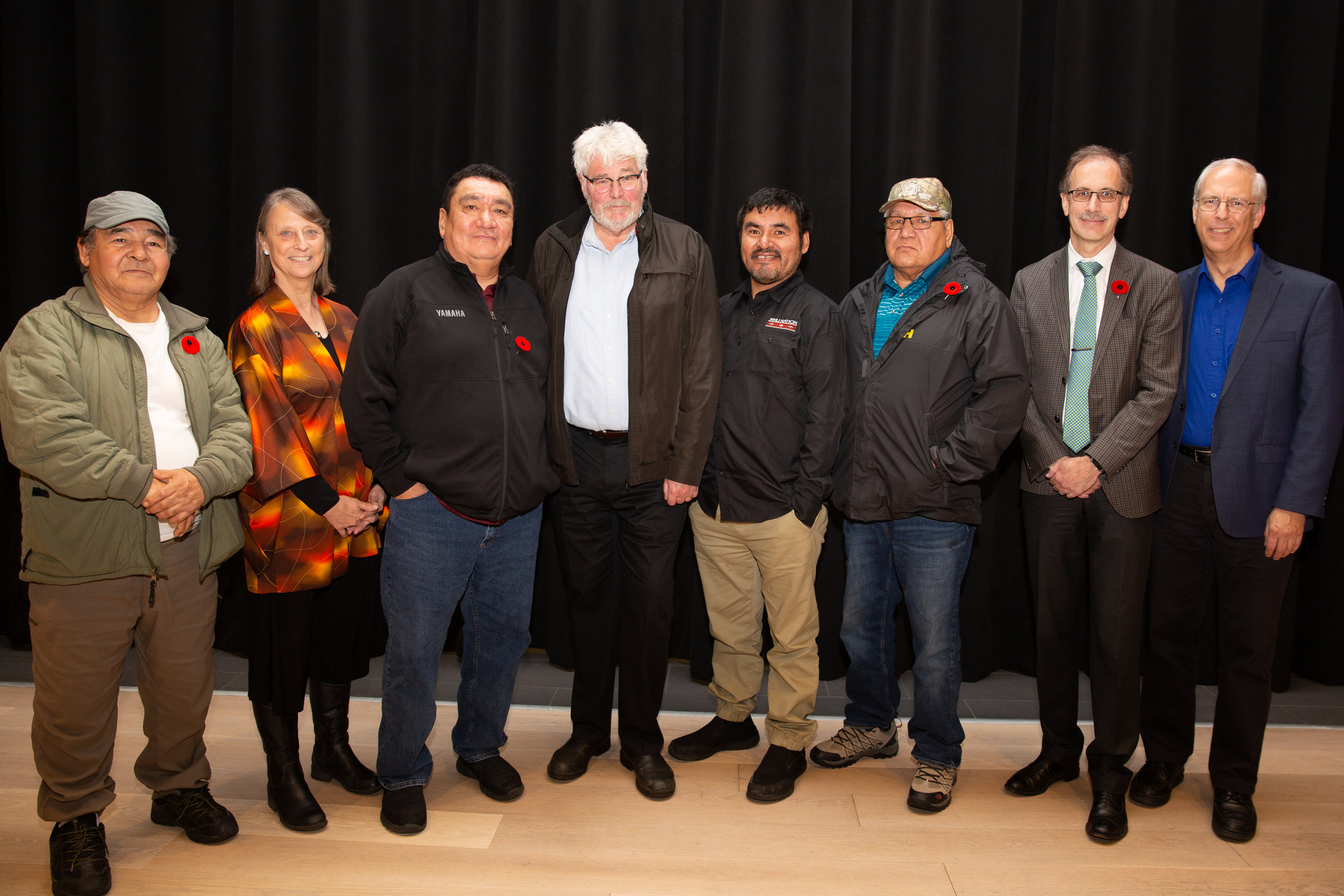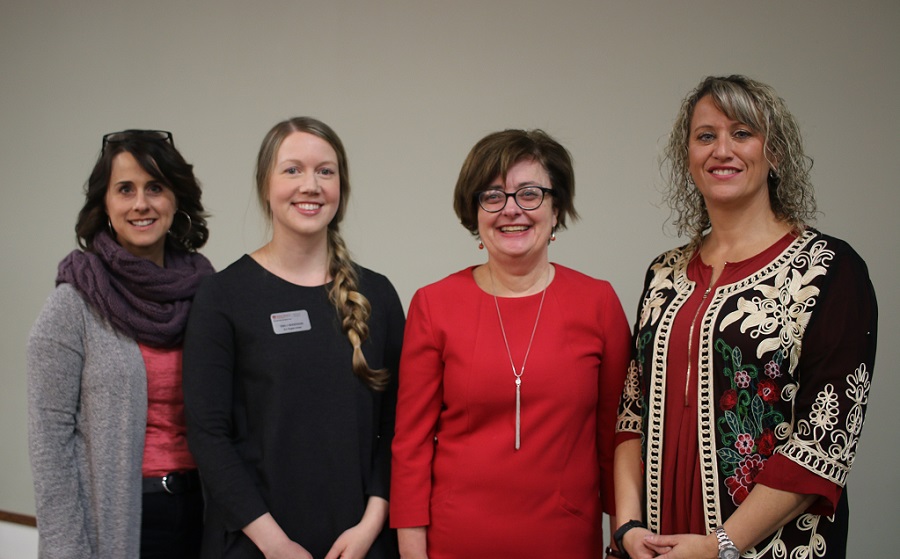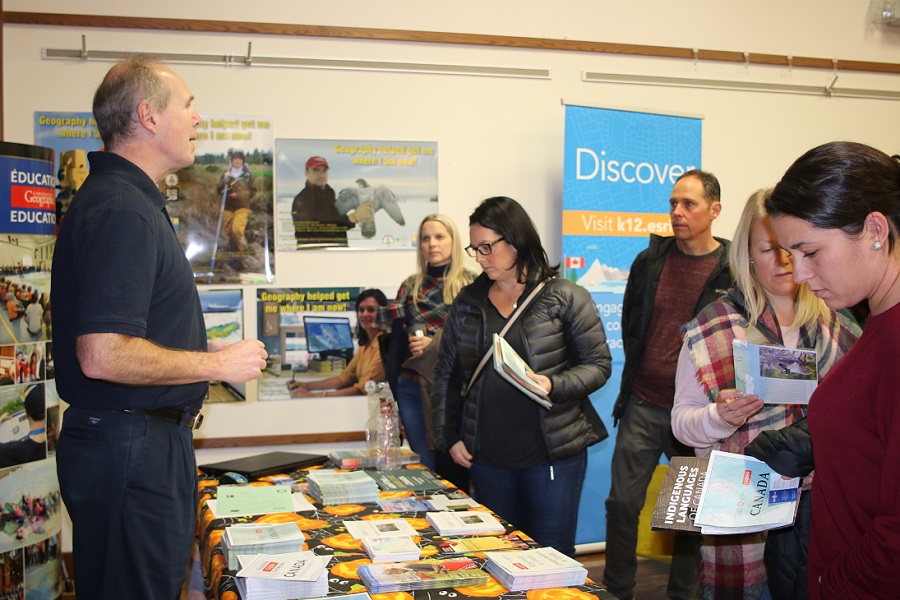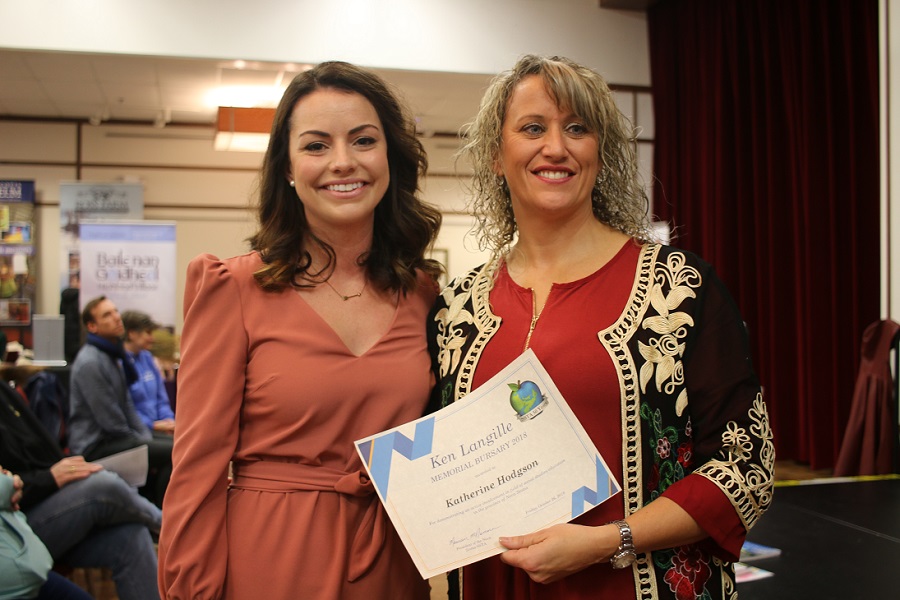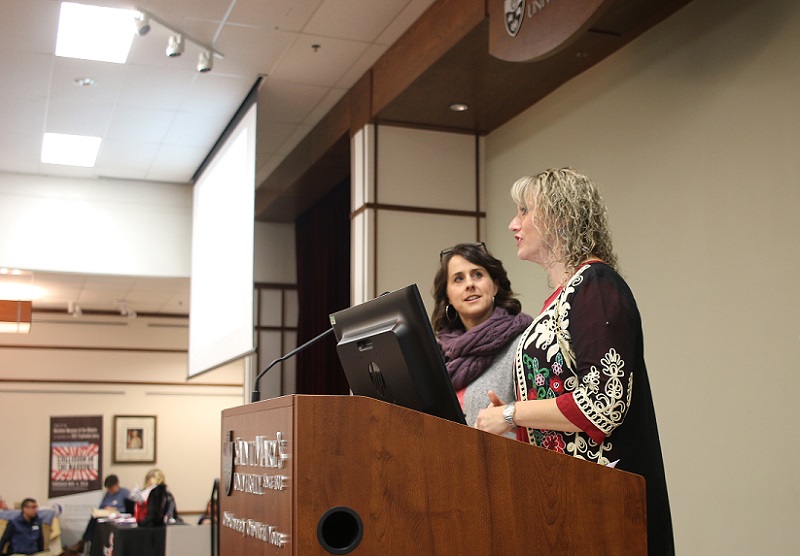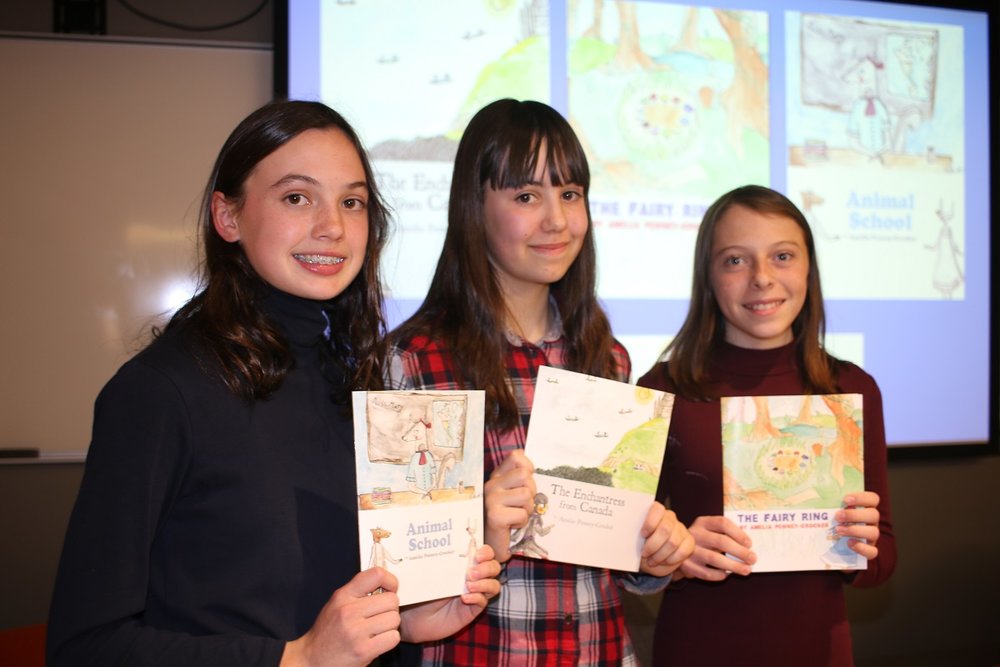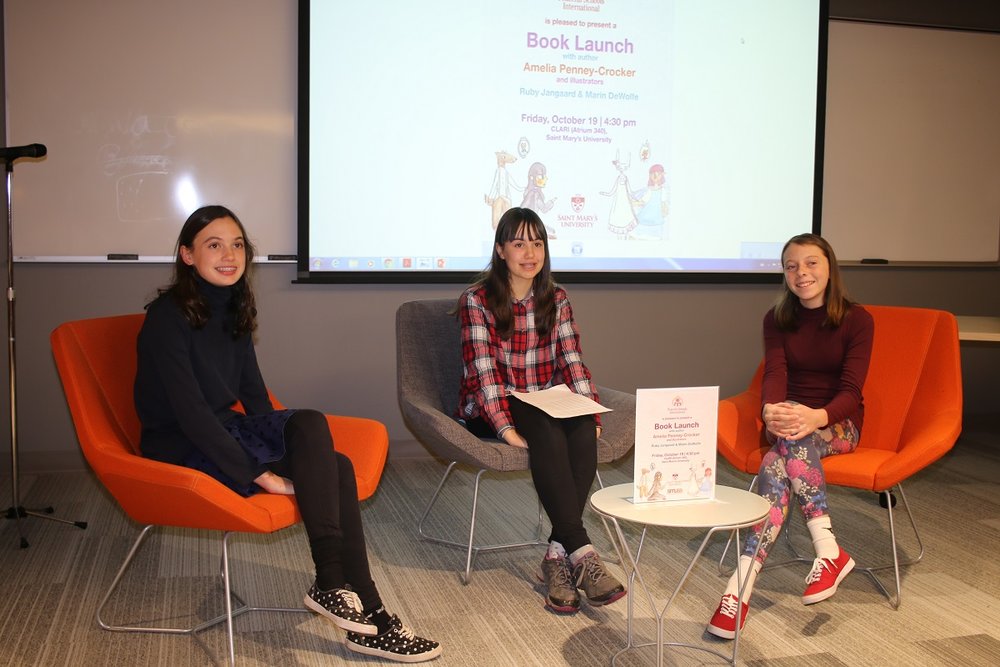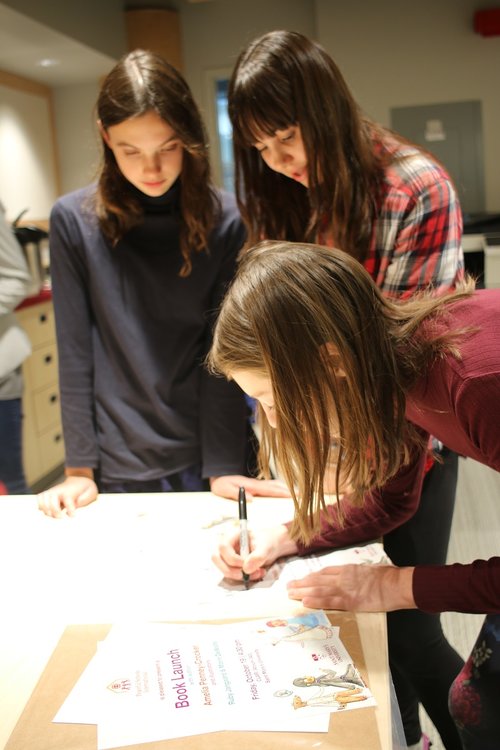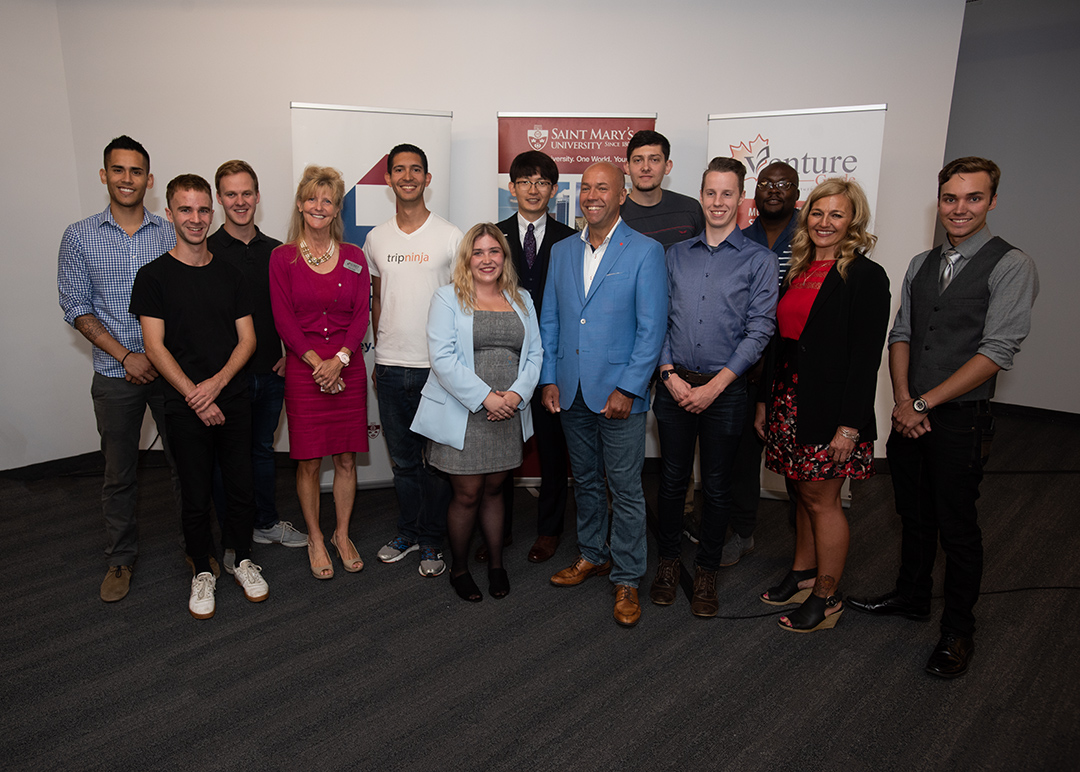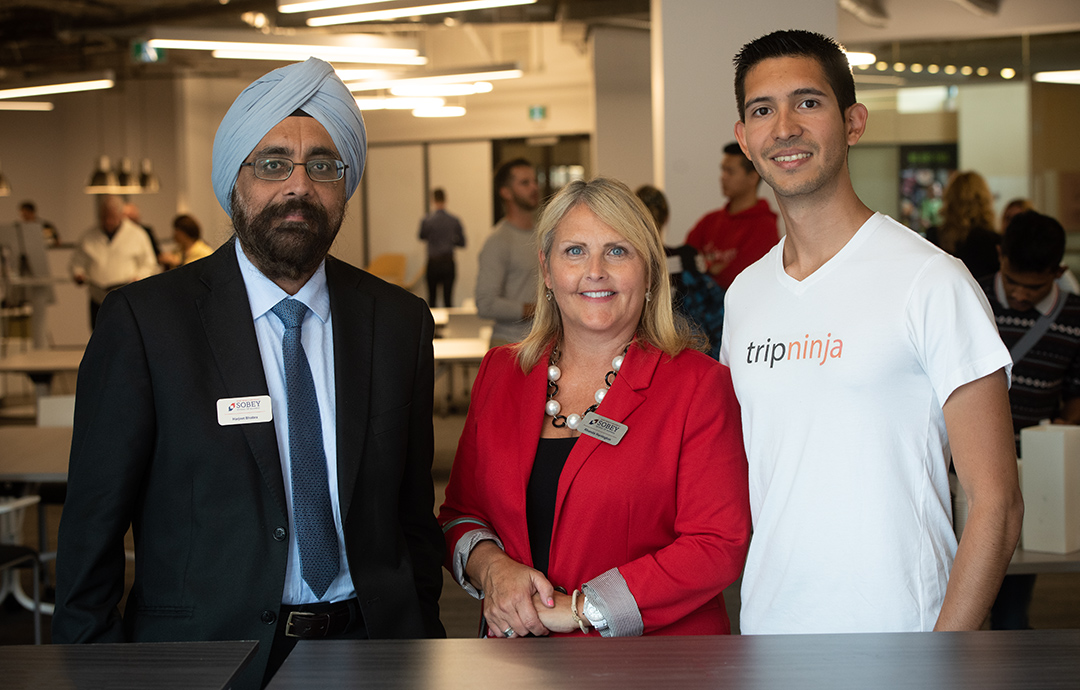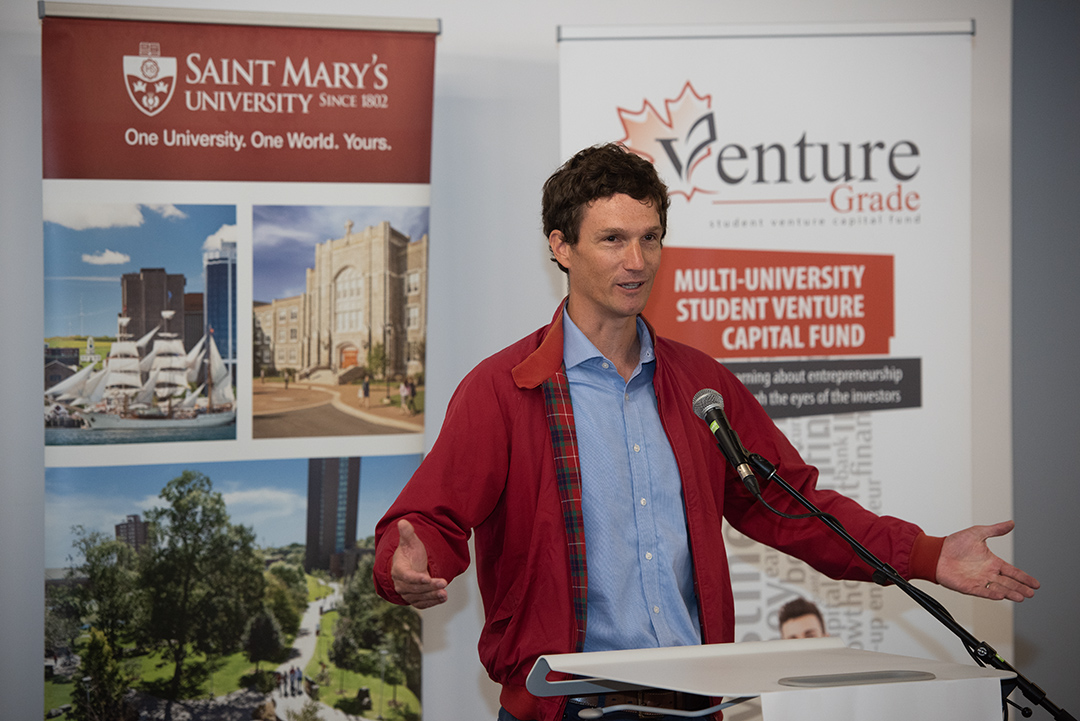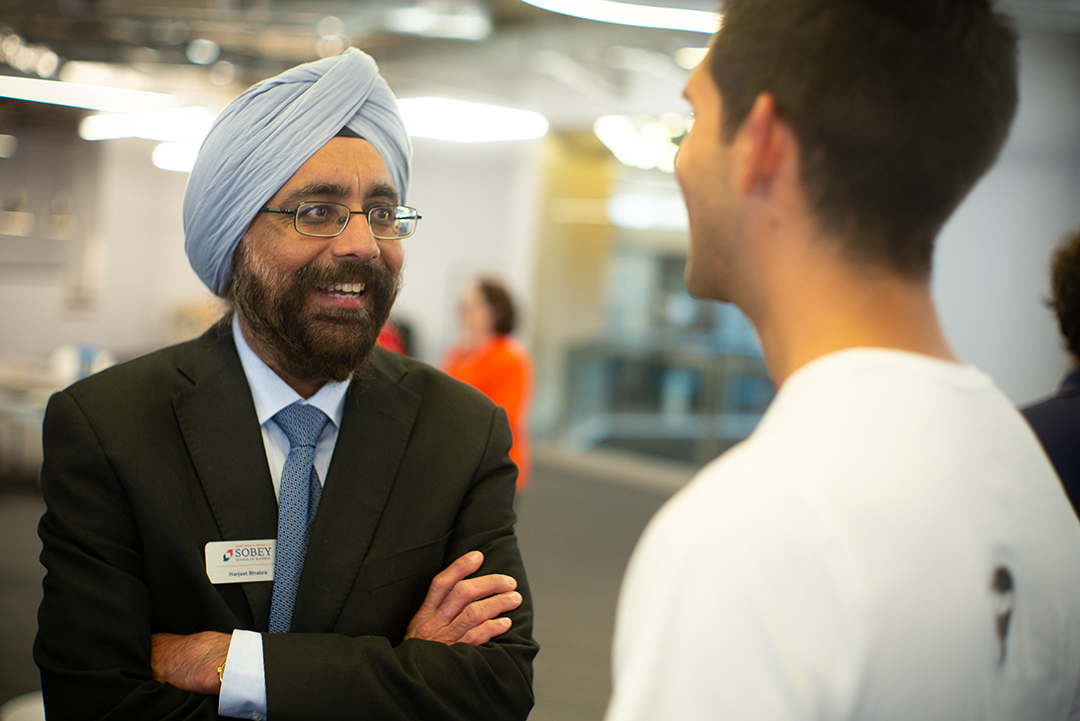African-Nova Scotian students attending Saint Mary’s University will soon have more support available to them as a result of a newly established bursary.
The Viola Desmond Bursary was announced on November 8, the date of Viola’s heroic anti-discrimination action in 1946. The bursary is fully-endowed and will be given out every year to full-time African-Nova Scotian students at Saint Mary’s.
“At Saint Mary’s, community is at the heart of what we do. We are very proud to be part of commemorating Viola Desmond, and to have a financial award named in her honour,” said Dr. Malcolm Butler, Vice-President, Academic and Research. “This award will assist generations of African-Nova Scotian entrepreneurs attending Saint Mary’s on their path to success.”
The initial award amount will mark the year of Viola Desmond’s anti-segregation action, 1946, with students receiving $1,946. While this award is not renewable, it may be awarded to the same student more than once.
While preference for the bursary will be given to students in the Sobey School of Business, the bursary may also be awarded to students in programs featuring entrepreneurship. Preference will also be given to female students from Halifax County. Students must also have a financial need.
This award was established with the permission of the Desmond Family and through the generosity of The Honourable Wilfred P. Moore, Q.C., LL.D., and Ms. Jane Adams Ritcey.
“Viola Desmond has been very good to our city, our province and our country,” said Senator Wilfred Moore. “My family is very pleased to assist Saint Mary’s University in this most noble virtue—the transfer of knowledge. We do so in keeping with the bedrock tradition of Saint Mary’s, offering a hand up.”


